6. Babel (Alejandro Iñárritu, 2006)
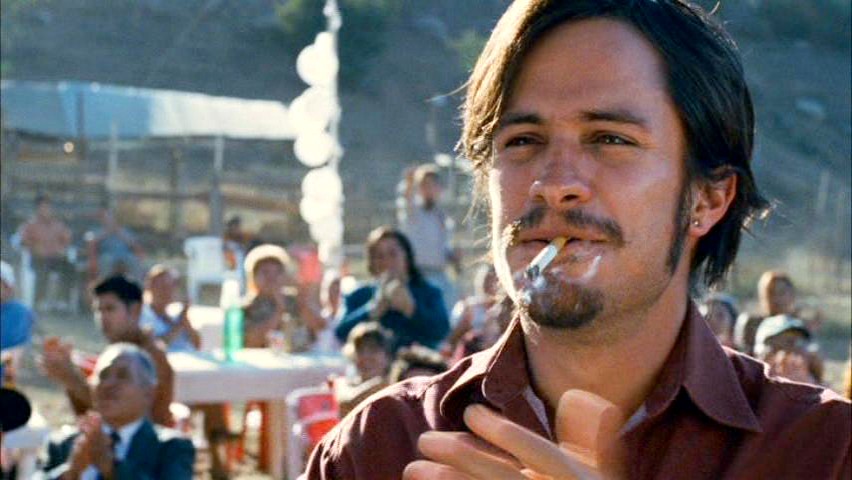
‘Babel’ appears to be one of those movies that, upon release, gained a great deal of praise, but has since been forgotten about by audiences, for whatever reason.
But ‘Babel’ is, without doubt, worthy of the nominations and accolades it received. It is a powerful film depicting the odd and unexpected ways in which we, as humans, find ourselves connected to others around the globe, touching each other’s lives without even knowing it. While not as commercially impactful as Iñárritu’s other films, ‘Babel’ is a beautifully directed episodic anthology of human experience, and one that shouldn’t be missed.
Brad Pitt gives one of his most vulnerable and heartfelt performances as a US government official forced to care for his injured wife (Cate Blanchett) whilst stranded in the unfamiliar setting of rural Morocco. Across the board, the performances in ‘Babel’ are nothing short of astonishing, and they culminate to create a truly unique film in which four countries are deeply entangled by both the respective pasts and present encounters of their citizens.
While serving as a beautiful and intricate story, the film is also utterly confrontational, and uncomfortable. It never shies away from the more frank and brutal experiences of life and the way they can cause a ripple in ways we would not expect. ‘Babel’ serves to further cement Iñárritu as an empathetic student and explorer of the human condition through film.
7. Assault on Precinct 13 (John Carpenter, 1976)
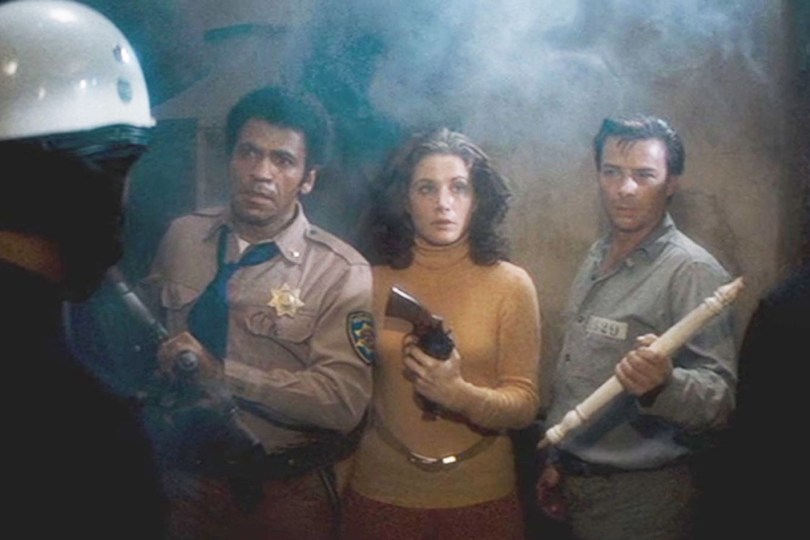
Two years before the mask and boiler-suit wearing Michael Myers burst onto our screens in ‘Halloween’, director John Carpenter was working on a more realistic and culturally significant depiction of violence in Los Angeles.
‘Assault on Precinct 13’ is a low budget but highly effective little film that is deeply disturbing in its presentation of violence and murder for no other sake but its own. While seeming gratuitous in nature for this very reason, ‘Assault on Precinct 13’ represents the truth of this rare but real human desire to kill. Following a gang of predatory youths prowling the streets of California in their car, the local precinct must act as a stronghold of sorts when their acts of terror become virtually uncontrollable. A sole police officer (Austin Stoker) does all he can to defend the precinct against these relentless thugs, who vow to commit all-out revenge for the massacre of six of their members in the film’s opening.
As always, in this dingy picture transfixed on malicious reasons for crime, Carpenter is able to bring forth an array of quirky yet still believable cast of characters amidst this unsettling situation. Their reactions in this quickly worsening situation are both entertaining and empathy-inducing. Quite unlike Carpenter’s more far-fetched films of ‘The Thing’ and ‘Christine’ which he would later go on to direct and acquire a loyal following of horror fans for, ‘Assault on Precinct 13’ feels grounded and terrifyingly real. Its accompanying electronic soundtrack by Carpenter himself perfectly encapsulates the idea of a very human threat stalking and stirring just around the corner.
8. Barry Lyndon (Stanley Kubrick, 1975)
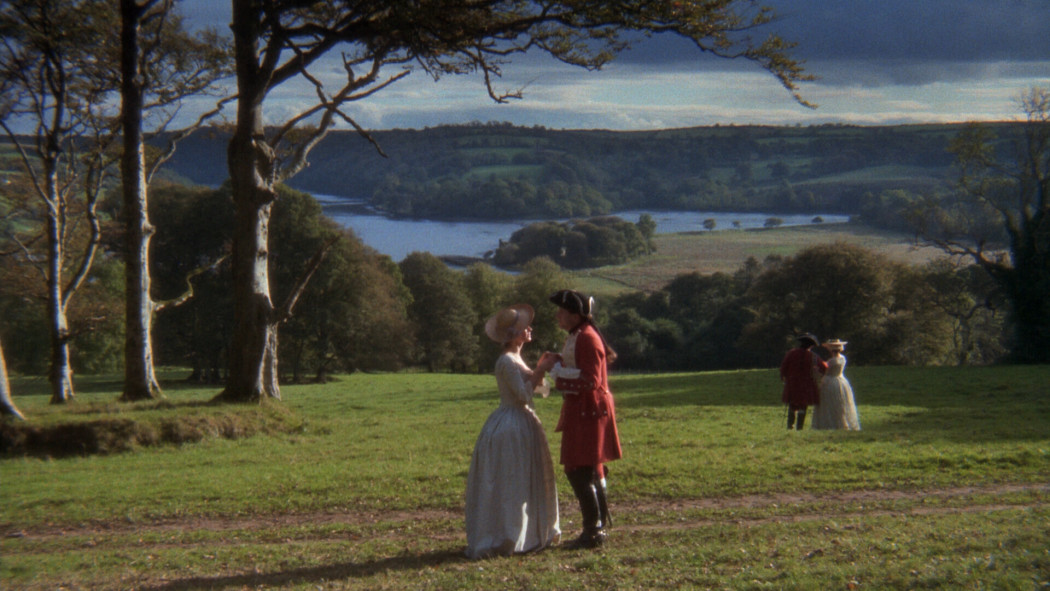
‘Barry Lyndon’ has been recognised by critics for its ambition and impeccable direction since its release in 1975. Yet, while Kubrick is held in high esteem by film fans and critics alike, ‘Barry Lyndon’ is often glossed over when discussing Kubrick’s greatest hits.
The film depicts the life and times of an Irish man propelled into affluence by gambling. His rise, and subsequent fall from grace, make up the bulk of this historical drama. With a notably strong performance by Ryan O’Neal, ‘Barry Lyndon’, despite its somewhat bland historical premise, is surprisingly gripping. It simulates life in raw, uniquely human terms, reducing its audience to empathise with its characters even in this far-removed chronological setting. From war, to gambling, to duels, Lyndon’s hectic life is subject to an array of ups and downs one can’t help but relate to, despite seeming outlandish and often due to downright luck. At their core, they represent our basest hopes, grievances and vices.
In addition to being a gripping adaptation of Thackeray’s 1844 novel, Kubrick’s ‘Barry Lyndon’ contains some of the most sublime cinematography put to screen. Lavish manor gardens, rolling Irish hills and elaborate games rooms are just some of the visual delights weaving throughout the film. For these reasons, Kubrick’s historical epic deserves to be revered as highly as ‘Full Metal Jacket’ and ‘Dr. Strangelove’ for its cinematic impact. Its historical setting may not be to everyone’s taste, but there is something for everyone in this film if you stick with it.
9. Wild at Heart (David Lynch, 1990)
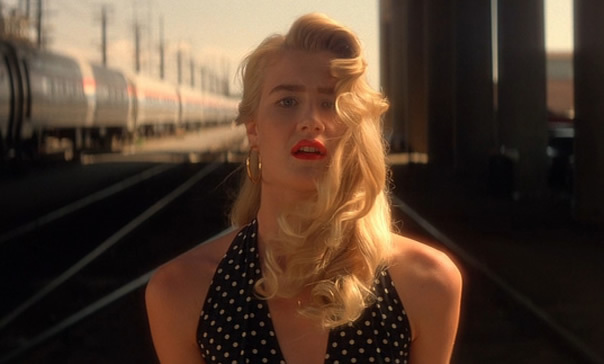
Eclipsed somewhat by the release of his insanely popular TV series ‘Twin Peaks’, ‘Wild at Heart’ remains Lynch’s forgotten masterpiece. Celebrated by cult cinema fans, the film is less appreciated by the mainstream than its Lynchian predecessors ‘Eraserhead’ and ‘Blue Velvet’. While being slightly less bizarre in tone, ‘Wild at Heart’ retains the typical surrealism of any project touched by Lynch in its exploration of two young lovers on the run. With a career-best performance by Laura Dern, a hilarious turn by Nicolas Cage and a scene-stealing appearance by Willem Dafoe, ‘Wild at Heart’ packs a serious punch, with much to offer.
Completed by Chris Isaak’s infamous melancholic and warbling track ‘Wicked Game’ the film is, as with any Lynch film, a crazy ride, and one that deserves a fair amount of praise. From Dern and Cage dancing maniacally to heavy metal music in a dingy club, to Cage singing the ballads of Elvis with hilarious dedication, the film is hallmarked with many memorable moments. Despite being an easier pill to swallow than the slightly baffling storylines of ‘Blue Velvet’ and ‘Eraserhead’, ‘Wild at Heart’ suffers no loss in entertainment value. Helmed by two incredible performances, this film shouldn’t be left in the dust of ‘Twin Peaks’’ wheels any longer. Instead, fans of the series might appreciate this campy and slightly disturbed tone Lynch’s weird TV mystery is so fondly remembered for. It even includes a brief cameo from Laura Palmer herself, Sheryl Lee.
10. Nausicaä of the Valley of the Wind (Hayao Miyazaki, 1984)
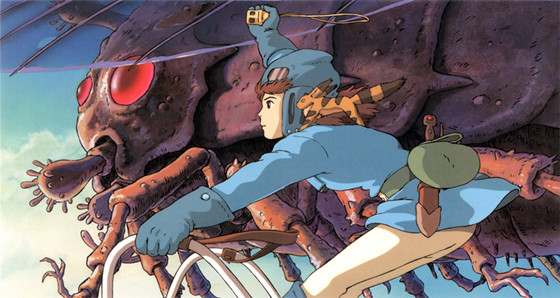
Prior to the international explosion of popularity attached to Studio Ghibli with the release of the now legendary ‘My Neighbour Totoro’, visionary director Hayao Miyazaki served two lesser known anime epics at the beginning of the animation studio’s lengthy career. 1986’s ‘Castle in the Sky’ has now been verified as something of a classic in retrospect, but the spotlight remains somewhat shy of 1984’s ‘Nausicaä of the Valley of the Wind’.
While ‘Castle in the Sky’’s blissful scenery, sense of adventure and quirky characters were perhaps a hefty allusion to future Ghibli tropes, ‘Nausicaä’ is a little more solemn and action-packed.
Set in a dystopian future, experienced flyer Nausicaä is tasked with bringing peace to a world almost torn apart by pollution. ‘Nausicaä’ commenced a string of environmental-conservationist themes that would be threaded throughout Ghibli’s later feature films.
In addition to its important message, ‘Nausicaä’ is a truly stunning film, with enchanting animation and a phenomenal ‘80s synth soundtrack to truly transport you through the centuries. With the films of Studio Ghibli, it is very rare that a flat-out miss is delivered. With ‘Nausicaä’’s emotional story and dynamic, futuristic set-up, this fledgling Ghibli film remains a quiet hit.